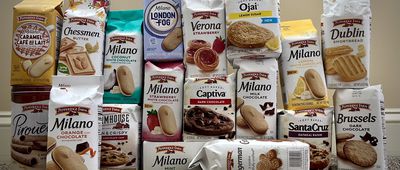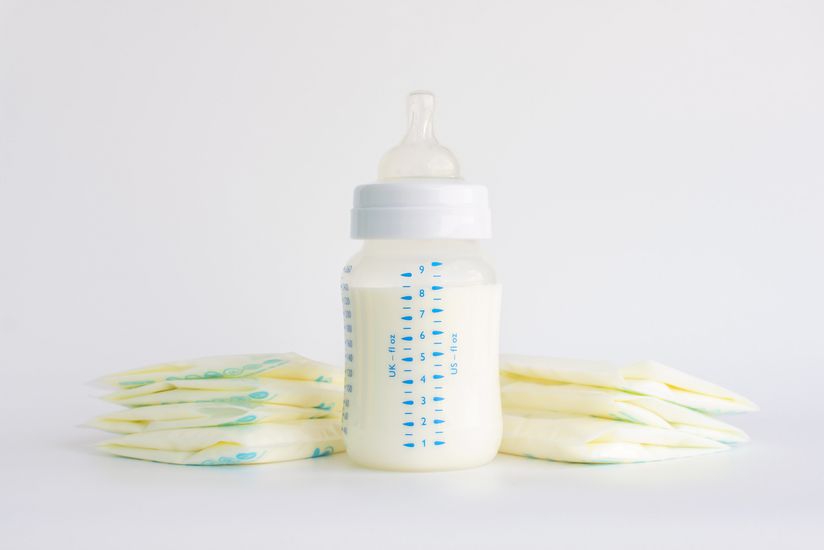Microwave Mishaps
After a long day, sometimes all you have enough energy for is heating up some leftovers and turning on Netflix. But while microwaves provide an easy and convenient solution for reheating food, not all dishes play nice with it.
Take leftover salmon or french fries, for example. Pop them in the microwave and your crispy, golden fries turn into sad, soggy sticks. And that juicy salmon? It devolves into a dry, crumbly mush that leaves your microwave smelling like a fish market for days.
Here are 15 foods you should never reheat in the microwave — plus tips on how to properly reheat each dish so it stays fresh and delicious.
























